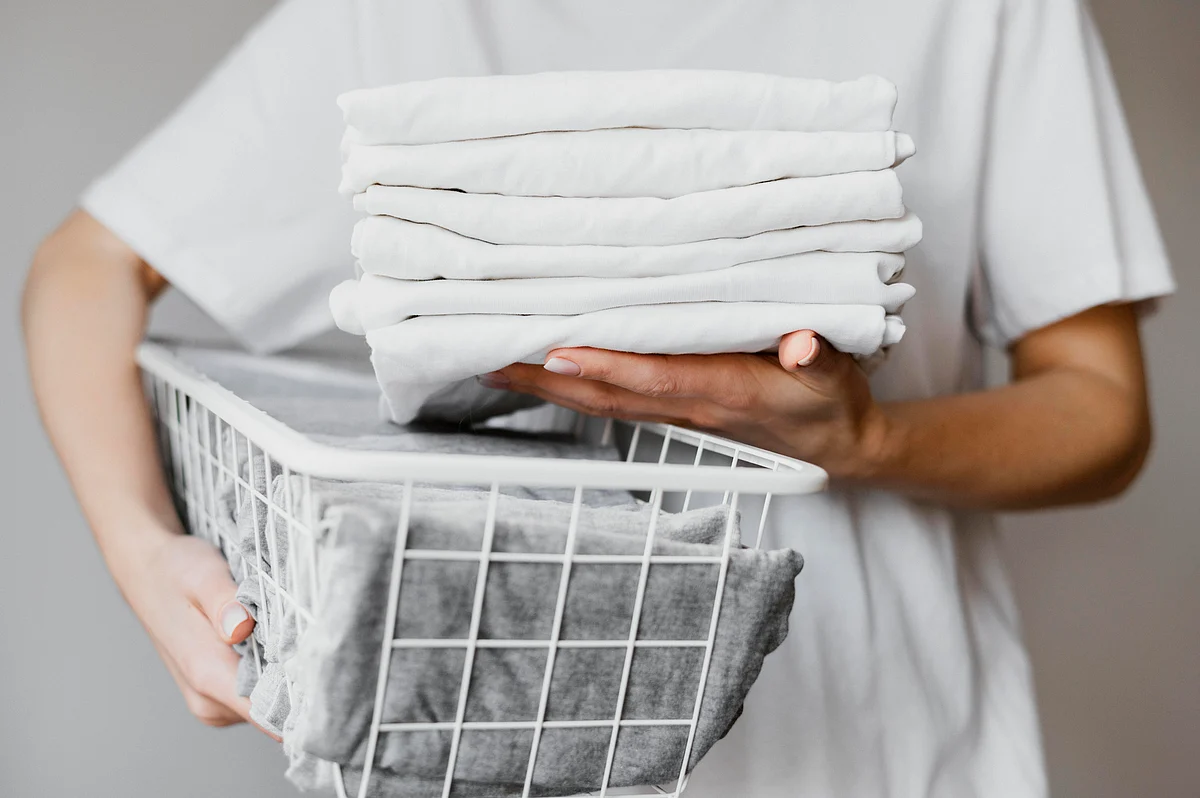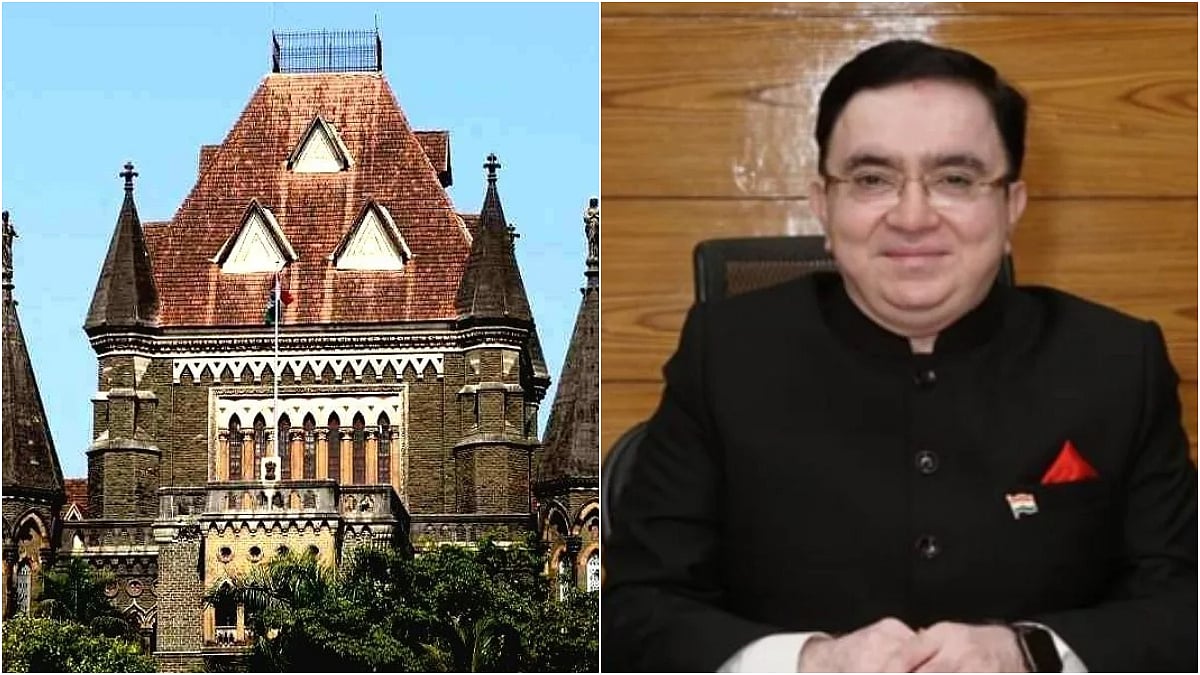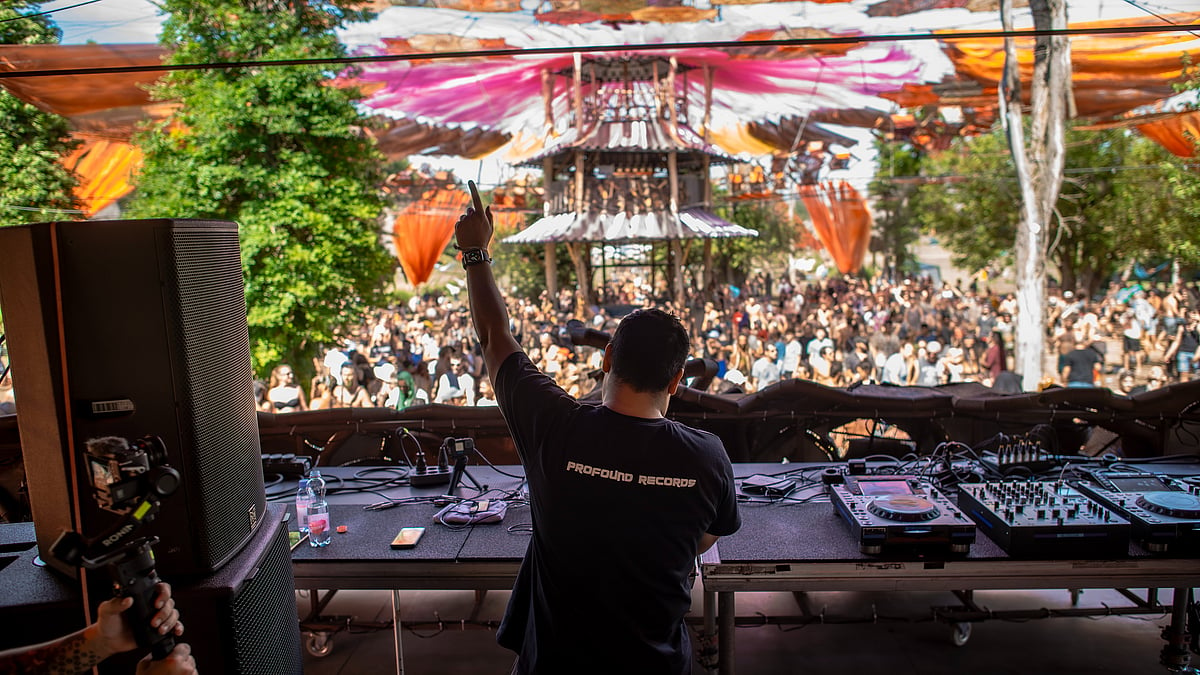Ever wondered why do white clothes turn yellow after just a few washes or worse, start showing sweat stains even when they are clean? It is not your detergent or technique. It is the breakdown of optical brighteners and the buildup of sweat (which contains proteins, salts, and even aluminium from your deodorant). Here are a few tips to prevent them from yellowing.
Material required:
Baking soda
Measuring cups
White vinegar
Add baking soda: Baking soda helps lift dullness and keeps whites from looking grey or yellow. It removes musty or sweaty smells that can linger in fabric. Hard water can leave mineral deposits on clothes; baking soda balances the pH and helps detergent work better. Use ½ cup of baking soda with your detergent and you are good to go!
Use cold or warm water: Hot water can make certain stains (like sweat, blood, or dairy) “set” permanently, while cold water is gentler and helps lift them out.
Don’t air-dry in direct sunlight: Strong UV rays can react with detergent residue, sweat, or body oils in the fabric, leaving whites looking yellow instead of bright. Drying whites indoors or in indirect light helps preserve them.

Avoid fabric softener: Residues from softeners cling to fabric, building up and yellowing over time. Use white vinegar in the rinse cycle instead (¼ cup) for extra whitening and deodorising. Result: Cleaner, fresher, and brighter whites without harsh chemicals.
Wash whites separately: Even ‘colourfast’ clothes can bleed a little dye during a wash. If mixed, whites may pick up tints of blue, red, or grey. Washing whites together avoids dullness caused by lint or colour particles from darker clothes. Mixing white with darker colours—even subtly, can leave a dingy cast that worsens over washes. Rule of thumb: Make three piles when doing laundry — whites, lights, and darks.











